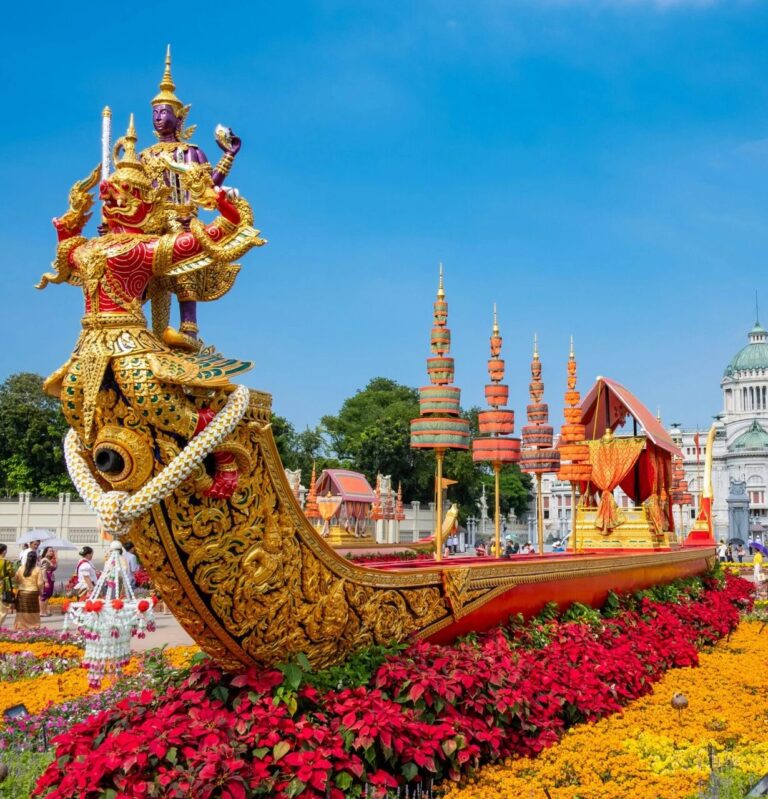Discover the fearless journey of Ida Pfeiffer—the first solo female travel writer who turned global adventures into bestselling 19th-century literature.
Travelling solo has become more common in recent years. The process can still be risky and anxiety-inducing – especially for women – but huge numbers of people now opt to go it alone, sampling the joy and majesty of the world on their own terms.
Freed from the stress of travelling in a group, and at liberty to create your own schedule, sometimes travelling alone brings the most remarkable experiences. It’s easy to see why so many people love it, and why so many people still choose to write about their time out on the road.
For those that do, they are following in some very special footsteps indeed – those of Ida Pfeiffer, a woman from Vienna who set out on her own journey, almost two centuries ago, and blazed a unique trail for the women who would follow.
Young Ida and the Beginnings of a Dream
Ida Laura Pfeiffer was born in Vienna in 1797. Then, the capital of the Archduchy of Austria, within the Holy Roman Empire, Vienna would have been a special place to be at the dawn of the nineteenth century. With the dissolution of the Holy Roman Empire in 1806, Vienna became a seat of great power and the head of the new Austrian Empire.
But for the young Ida, the world expanded far beyond the boundaries of Vienna, or even the empire. She visited Palestine and Egypt with her family when she was only five years old, and devoured the work of Daniel Defoe and Alexander Humboldt, sowing the seeds of adventure from an early age.

She was certainly a bold and fearless child. Ida was only twelve when Napoleon rode into Vienna at the head of his armies in 1809, and the youngster made her own protest, turning her back on the Emperor and his generals as they passed. In her autobiography, Ida described herself as “wild as a boy, and bolder and more forward than my elder brothers.” Even the stultifying air of Europe in the nineteenth century and its rigid gender roles would struggle to contain young Ida.
Heading Out on Her Own
Ida would marry in 1820, taking the name of Dr. Mark Anton Pfeiffer. The couple relocated to Lemberg in what is now Lviv, Ukraine. Two decades older than Ida, it seems Dr. Pfeiffer also had some of his young wife’s boldness and spirit – after uncovering corruption among some of Lemberg’s senior officials, Pfeiffer found himself under great pressure from the upper echelons of government. He struggled to find work from here on, and the family was forced to return to Vienna, where they encountered financial hardship.

This family was growing too. Three children were born in the 1820s, though only sons Alfred and Oscar survived to adulthood. For a while, it seemed that Ida Laura Pfeiffer would settle down into the role society had mapped out for her – a housewife of modest means, living in the imperial city of Vienna, while ‘great’ men made deals and decisions around her.
This was not to be. In 1842, with her children now grown, Ida decided to reawaken her childhood dream of seeing the world.
On the way back, she returned to the Egypt she’d visited in her youth, as well as Rome.
Eager to share her adventures with the world, she published Reise einer Wienerin in das Heilige Land (A Vienna Woman’s Trip to the Holy Land) in 1844.
An astonishing success, the book sold well and gave her the money she needed to fund her next expedition.
Adventure After Adventure for Ida
In 1845, Ida’s next adventure began. She headed to Scandinavia and Iceland, publishing Reise nach dem skandinavischen Norden und der Insel Island (Trip to the Scandinavian North and the Island of Iceland) on her return.
Almost immediately, she set out again, this time on a far more ambitious project. This round-the-world trip would take in South America, the South Pacific, East Asia, Persia, and Greece. It took her two years to complete, and inspired the three-volume work Eine Frauenfahrt um die Welt (A Woman’s Journey Round the World) in 1850.

The trip around the world yielded a range of different natural history and archaeological finds, which she sold to institutions back in Vienna. This raised Ida’s profile significantly, and enabled her to tackle another round-the-world journey – this time following in the footsteps of the explorer she’d idolized as a child, Alexander von Humboldt.
This time her travels took her to Africa, Malaya, and across the continent of North America.
Ida’s Final Journey
Ida Pfeiffer lived two centuries ago, and while her story is inspiring, not all of her associations are quite so palatable to modern sensibilities. Her association with engineer and slave-trader Joseph François Lambert in Madagascar in 1857, for example, is shocking today. But for someone travelling the world in the mid-nineteenth century, the horrors of the slave trade would have been unavoidable, and there’s no suggestion that Ida herself supported or engaged in the trade.

The encounter with Lambert would prove to be the end of Ida’s story. Unwittingly, Pfeiffer ended up embroiled in a failed coup in Madagascar after travelling to the island with Lambert and Jean Laborde. While Pfeiffer and her companions were expelled from Madagascar, Pfeiffer took with her a disease that would tragically claim her life. Struck down by what was most likely malaria, Ida died in Vienna in October the following year, less than two weeks after her 61st birthday.

As bibliophiles, it’s Ida’s literary legacy we find the most fascinating. She published volume upon volume of extraordinary accounts, paving the way for many women just like her – women who, without her, may have felt that travel and adventure were simply out of reach.
Ida also made significant contributions to natural history. Specimens collected on her travels are still displayed and studied in a number of leading institutions, like the Natural History Museums of Berlin and Vienna, and the British Museum in London. An incredible achievement, and a proud legacy, for a woman who refused to let her dream die.
Join our community of 1.5M readers
Like this story? You'll love our free weekly magazine.








